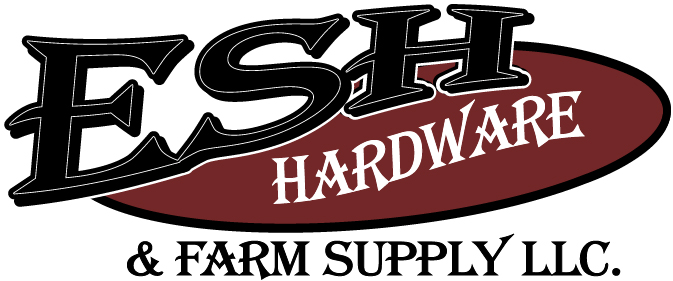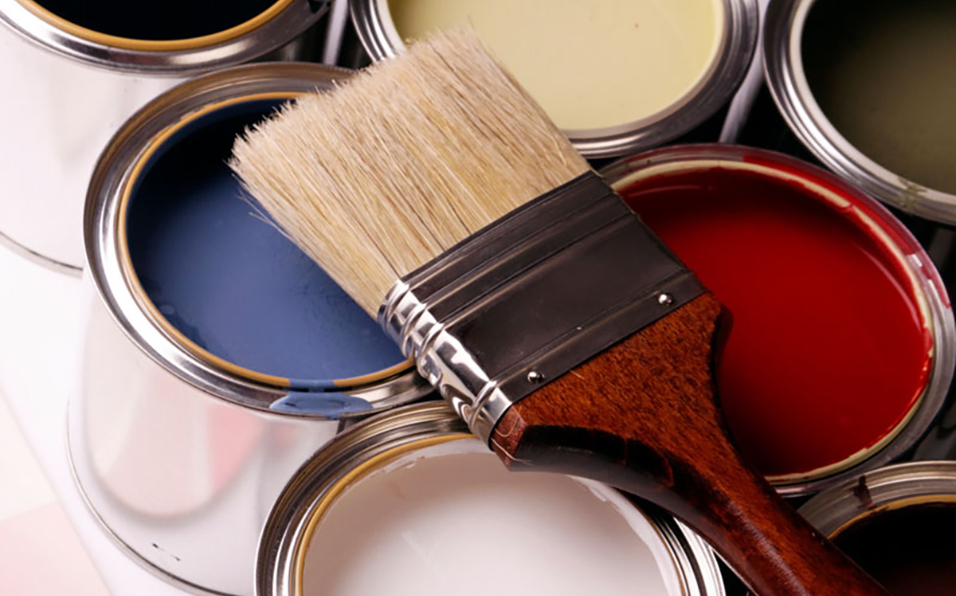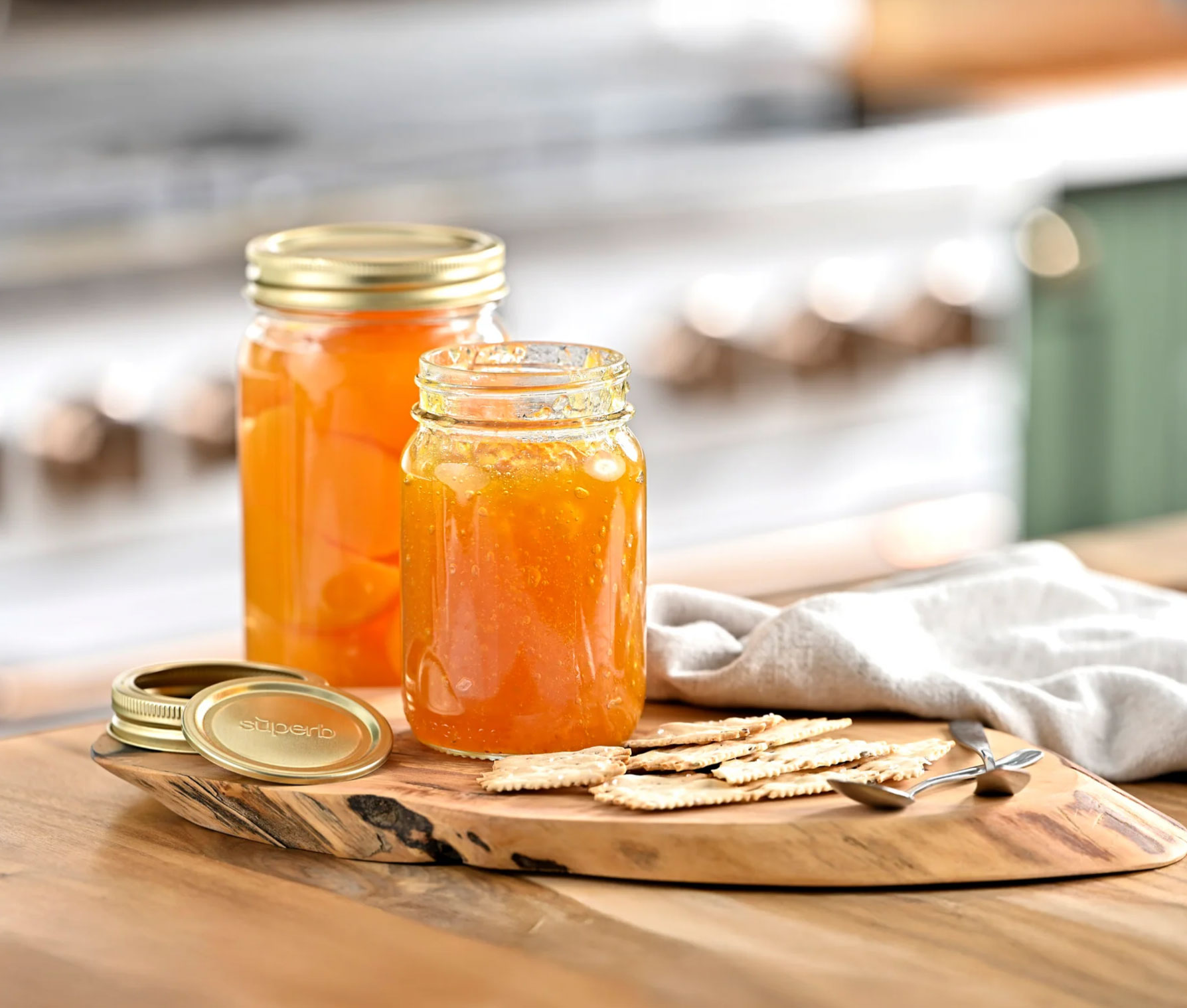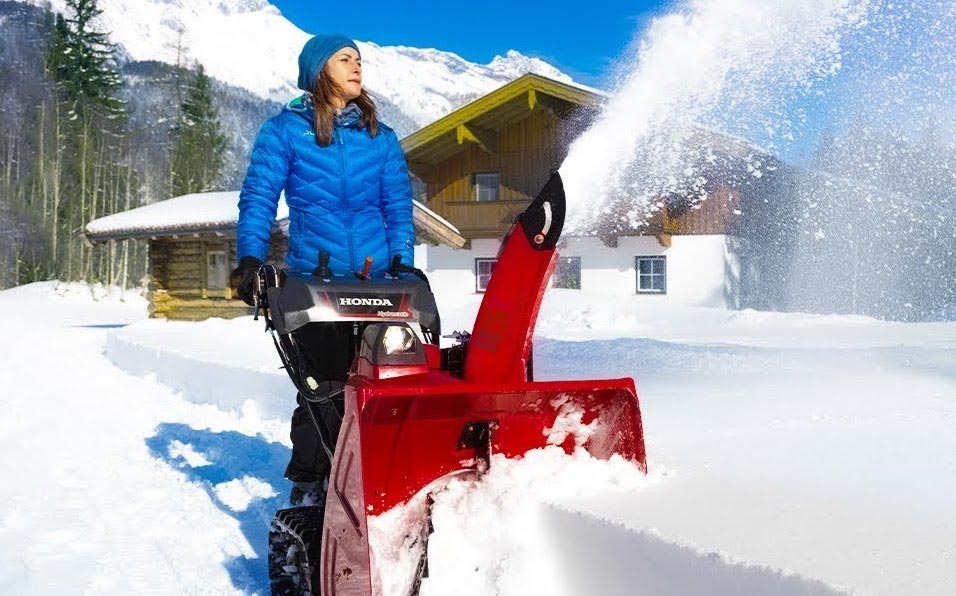Your Complete Guide to DIY Painting: Expert Tips
Many DIY-minded homeowners are eager to tackle interior and exterior painting projects. But before you grab a brush and start painting, there are small but important considerations that can add up to a professional-looking finish. We spoke with Ray from Esh Hardware to get his expert insights on everything from paint selection to import accessories.
Timing Your Painting Project
When it comes to painting season, timing matters more than you might think. “It’s always better with warmer weather,” explains Ray. “But also, you don’t want it too hot and humid, because then it doesn’t dry properly.” The sweet spot for painting falls during spring and fall months, before extreme temperatures set in.
No matter the month, proper ventilation is equally important – you want “humidity free air and proper ventilation” for the best results. And if your painting takes place in particularly humid conditions, make sure you wait for each coat to completely dry before applying another.
Choosing the Right Paint
One of the biggest decisions you’ll face is paint quality, and Ray emphasizes that this choice will impact both your painting experience and long-term results. At Esh Hardware, they carry three main grades of Valspar paint to meet different needs and budgets.
For entry-level projects, there’s the Valspar ProHide Gold Ultra. “It’s entry level paint,” Ray explains. Consider using it for painting jobs where longevity and premium finish aren’t the priorities, but immediate coverage at the lowest cost is the main goal. The key is being realistic about your expectations—you’ll likely need more coats, it won’t clean as well and it won’t last as long as higher-quality options.
The middle grade choice, Valspar Medallion Plus, is the most popular choice at Esh. “That’s our most popular for especially interior, also exterior,” Ray says. This paint offers better coverage, fewer brush marks and easier cleanup once cured. “In an Amish setting, they’re used to using the mid-grade, just because it paints nicer—less brush marks, and then after it’s cured, it also cleans very nice.”
For premium projects, they offer the Valspar Alkyd line as their highest grade option. This is professional grade paint notable for having a fast recoat time, meaning you will be able to apply the second coat more quickly. It also boasts a hard, durable finish, which is ideal for painting trim, cabinets and accents.
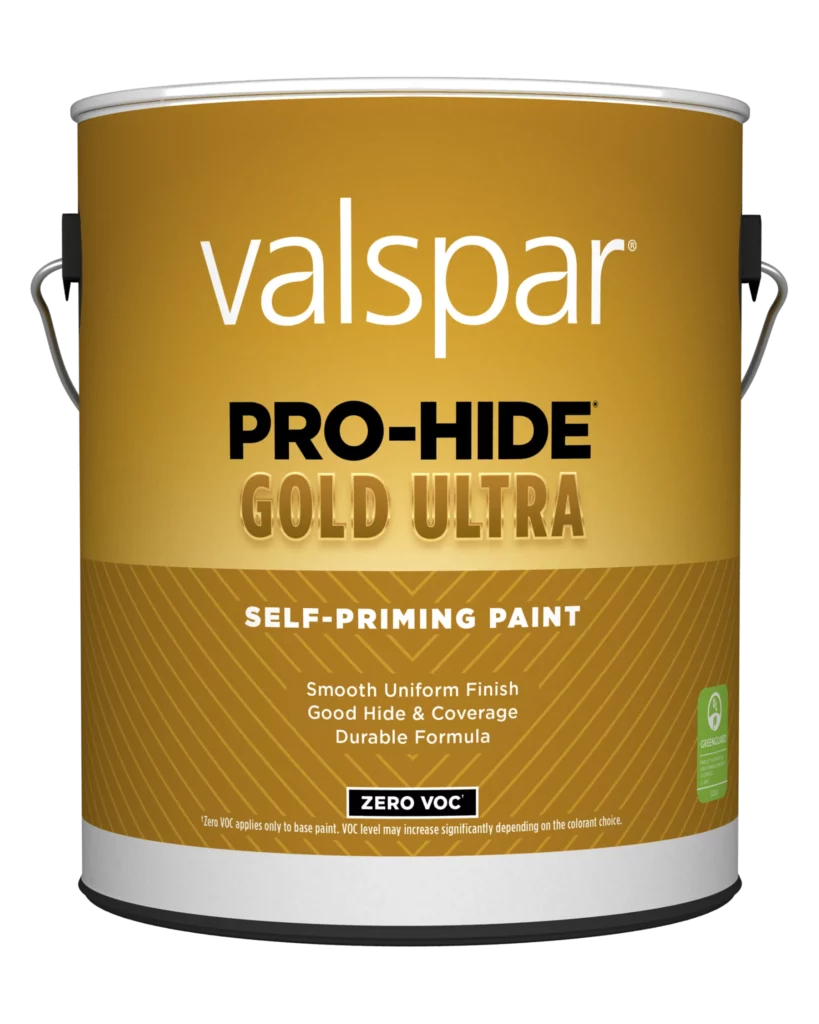
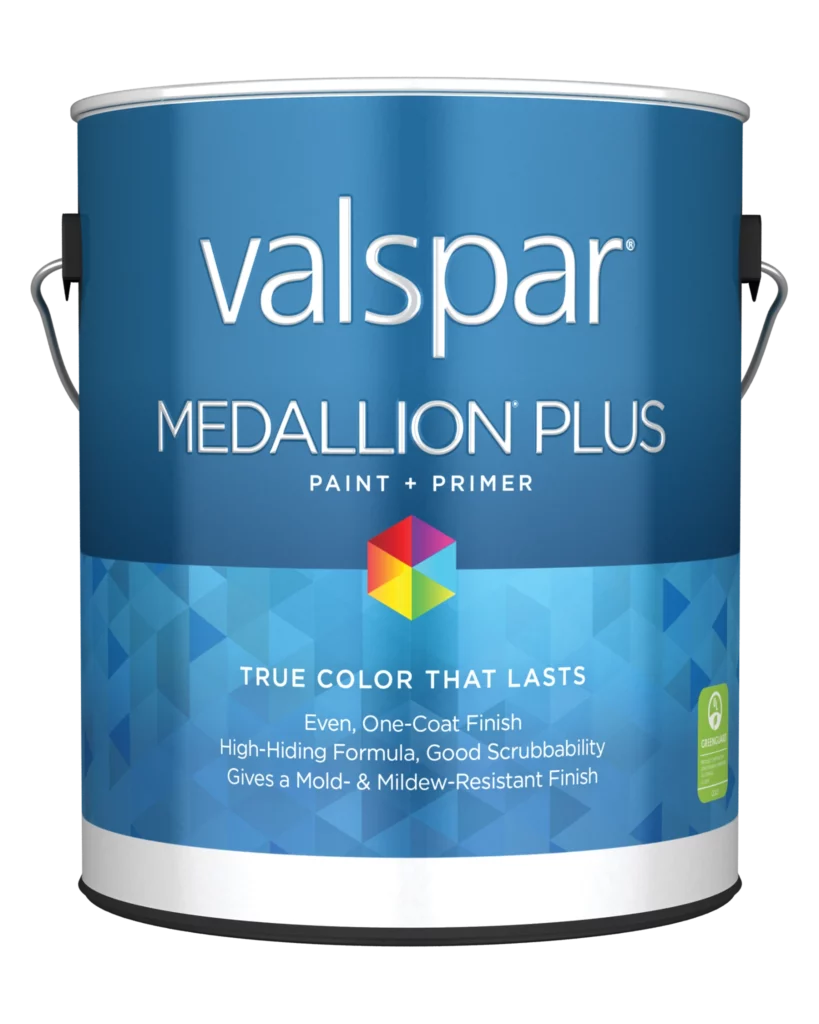
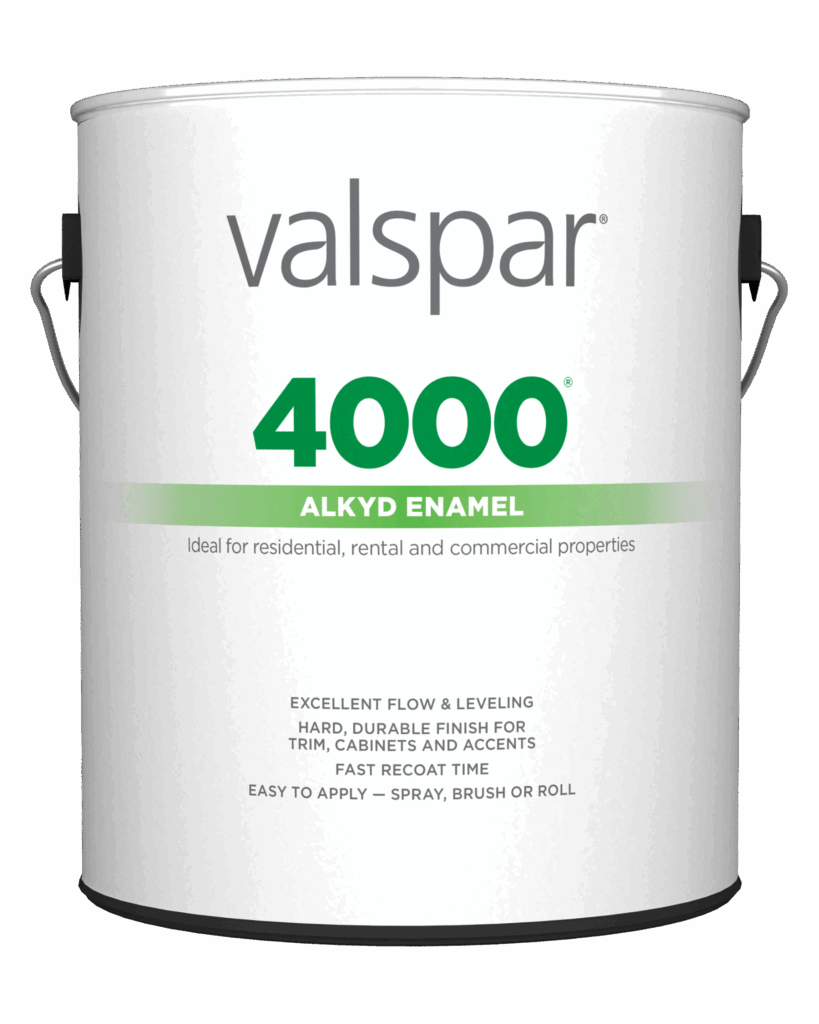

Tip: What makes Esh Hardware’s products special is the careful selection process behind each item. Every product on their shelves represents a balance of quality, fair price and dependable results. The store also stocks many items not widely available elsewhere, chosen by people who understand the real-world challenges of caring for home and property.
The Primer Secret That Saves Money
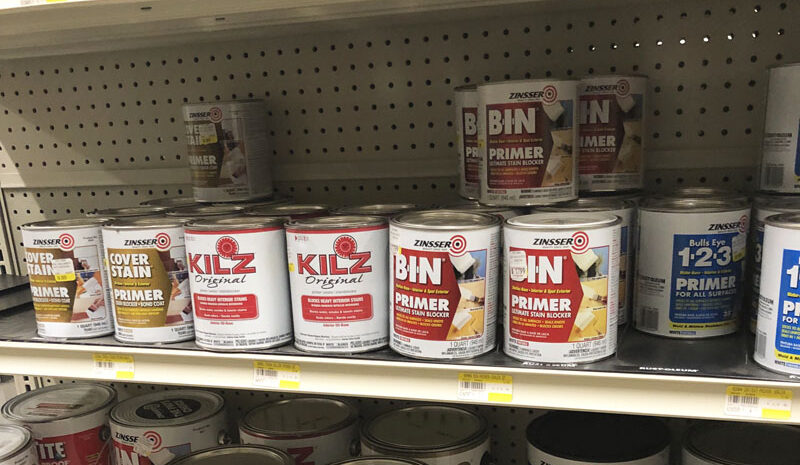

Tip: Here’s a tip that many DIYers overlook: using a separate primer can actually save you money. While most paints today are labeled as paint-and-primer combinations, Ray reveals why this might not be the most economical approach.
“Most of the paint nowadays is labeled as a paint primer product,” he explains, “but it’s always going to take one or two, sometimes three coats, depending on what you’re painting.” Instead of using multiple coats of expensive paint, Ray recommends a different strategy: “Rather than wasting it on three coats of [expensive paint], apply a good quality primer on so you don’t have to use as much paint.”
Their most popular interior primer for drywall is the Zinsser BullsEye 123. A gallon of primer costs less than $30; considerably less than a gallon of paint, hence the savings. ”You’ll save if you get a gallon of primer and a gallon of regular paint—you’ll just put one coat of primer, one coat of paint, and you’re good to go.”
Need to Waterproof?
Different surfaces require different approaches. For metal surfaces like doors, the same primer principle applies to reduce the frequency of recoating. For basement walls, Ray recommends products like DryLock Extreme for waterproofing or block filler for concrete block walls.
“That’s basically for block or concrete walls,” Ray explains about DryLock Extreme. “You apply that to help keep—it’s mildew resistant, it helps keep the basement dry. It keeps the moisture out that comes in from the ground temperature and stuff through the block.”
Refresh Exterior Metal Surfaces
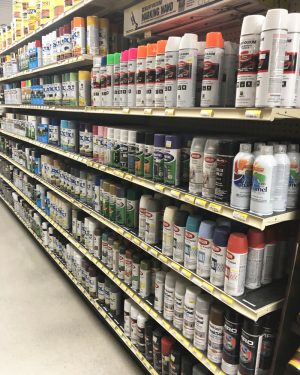
For exterior metal painting projects such as mailboxes, fence posts or outdoor furniture, Rust-Oleum is the preferred brand recommendation at Esh. Like other painting projects, the key to successful metal painting lies in proper preparation: Rusty surfaces should be primed with appropriate metal primers before applying the topcoat.
At Esh, pre-mixed gallon options are available in standard colors like black, white, red and John Deere yellow. They also stock an extensive selection of spray paint colors for smaller projects.
Don't Skimp on Tools
Quality tools make a significant difference in your painting experience. Esh Hardware carries professional-grade Purdy brushes, which Ray describes as having “the tightness or the quality of the brush that helps you to reuse it more often.” For those on a tighter budget, Worcester brushes offer good quality at a lower price point.
Brush selection should match your paint type and project. “There’s specific brushes to a specific paint that you’re putting on,” Ray notes. Angle brushes work well for trim work, while different roller naps serve different purposes—smooth, lint-free 3/8-inch nap rollers for interior walls, and thicker 3/4-inch nap for textured surfaces.
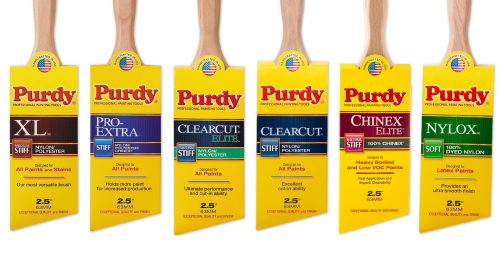

Tip: For cleanup, remember to ask about paint thinners and mineral spirits if you are planning to use oil-based paints. Lacquer thinners serve dual purposes—both for cleanup and for thinning coatings in order to achieve optimal spray consistency.
Money-Saving Accessories
Small accessories can make your project easier and more economical. They will also enable a quicker clean-up. For example, Ray particularly recommends paint tray liners: “You can buy one pan for like eight bucks or six bucks, and then just buy a cheap, $1.50 liner to put in there. You don’t have to throw that expensive tray away, or spend time scrubbing it clean after each use. You can just throw the cheap plastic liner away.”
Other helpful accessories include handheld paint cans for ladder work, various drop cloths for floor protection and mixing buckets for custom colors.

Preparation: The Foundation of Success
The most important advice Ray offers concerns preparation. It’s tempting to want to dive into the project and get it done, but some careful prep of the area you are painting is a must. ”Prepping takes a long time,” he emphasizes. “Most times that takes longer than an actual paint job.” This includes assembling your tools and prepping the surface. Prepping the walls and other surfaces includes wiping them down, masking trim, sanding to scuff existing paint slightly and ensuring any loose paint is removed.
“Your paint’s going to hold up as long as your undercoat will,” Ray explains. If there is chipping and any uneven surfaces, make sure the canvas is smooth before proceeding.

Tip: To fill holes in wood surfaces, professional-grade options at Esh include plastic wood filler and MinWax wood repair compounds, which provide durable, long-lasting results for both interior and exterior projects. For those seeking a cost-effective alternative, or to fix an extended amount of holes, painter’s caulk applied with a putty knife can deliver excellent results and is particularly useful for smaller repair jobs.
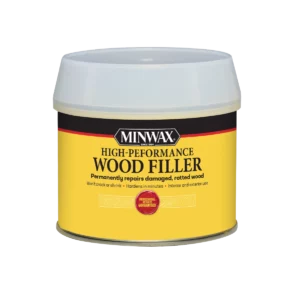
How Long Should Paint Last?
With proper preparation and quality materials, your paint job should be an investment that lasts. “If you use a good quality paint and a good quality primer, your paint job should be able to last you roughly 10 years,” Ray estimates, though he conservatively suggests “somewhere in the seven to nine years” range.
The key takeaway from Ray’s expertise is clear: “Quality makes a huge difference in everything. Your primer and your paint—those are going to be the key things to determine how long it’s going to last.”
By following these professional tips and investing in quality, long-lasting materials from the start, your DIY painting project will achieve results that rival professional work while staying within your budget. Cost-savings aside, painting your own house has many positives: Every time you walk through the door or enjoy the beauty of a room, you can feel a sense of satisfaction knowing that the fresh look of each room is the result of your own careful handiwork.
